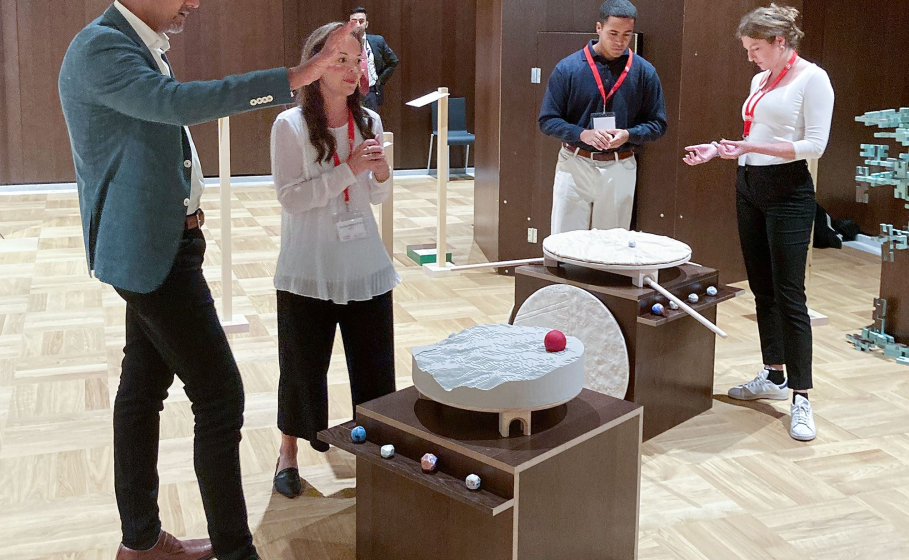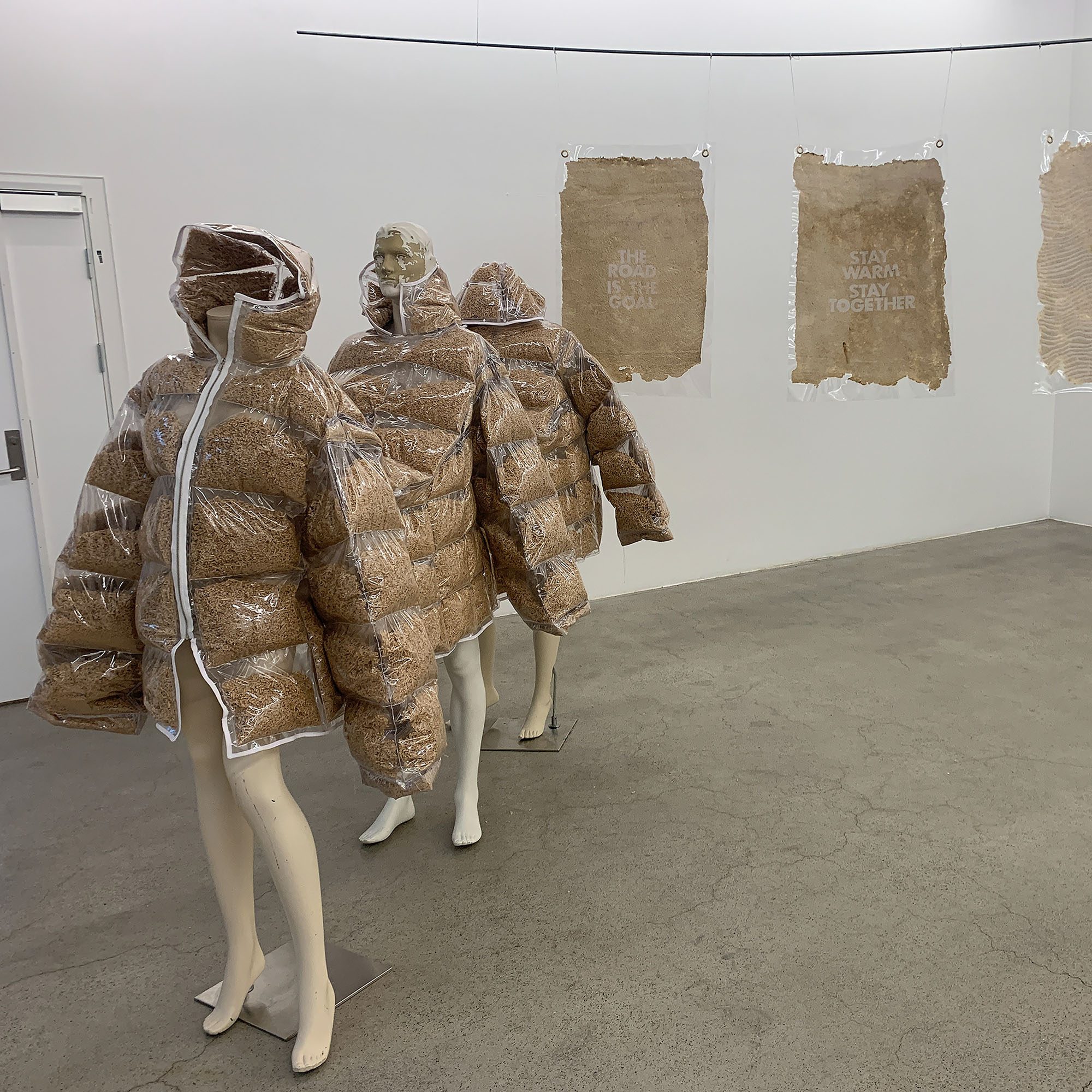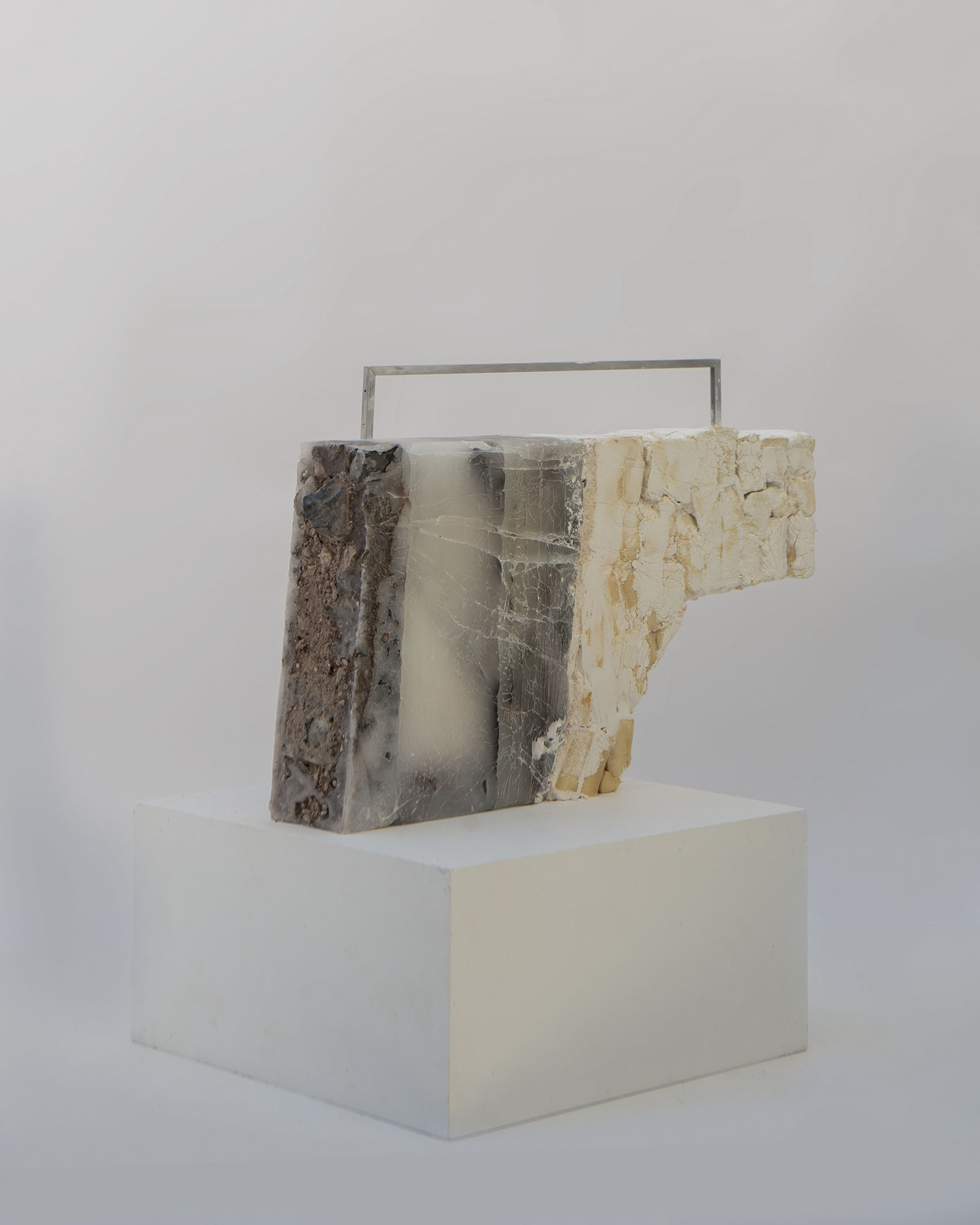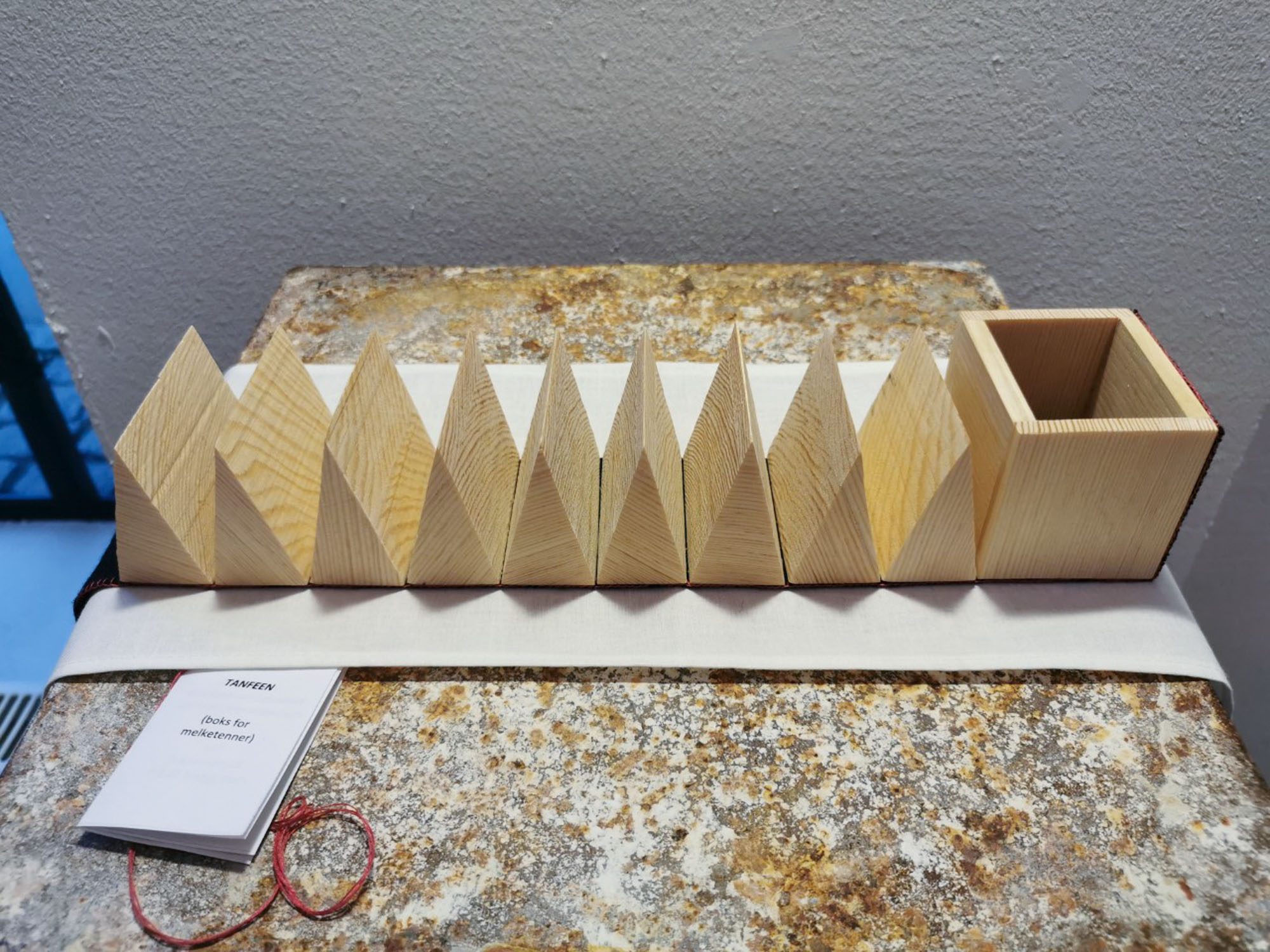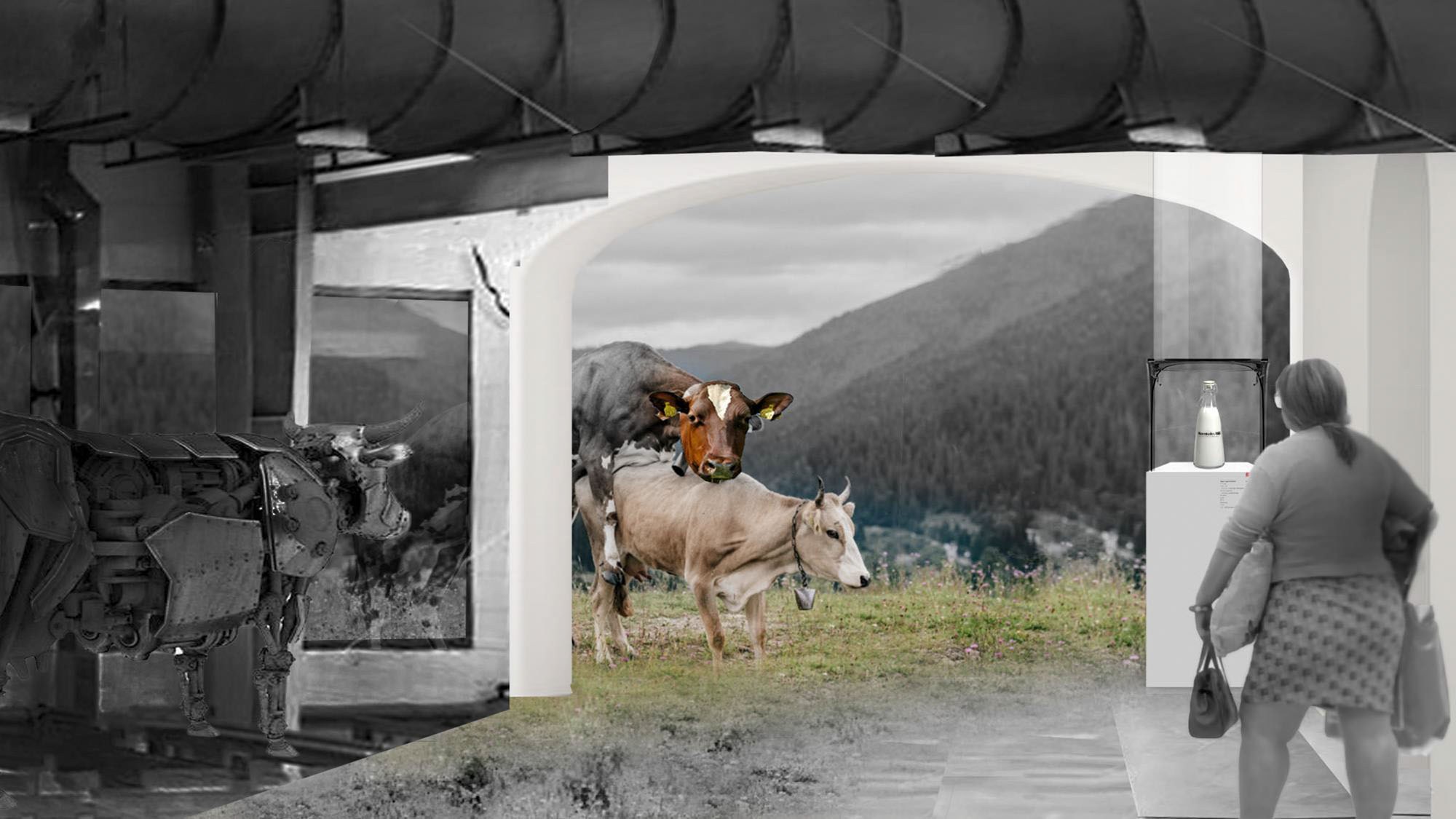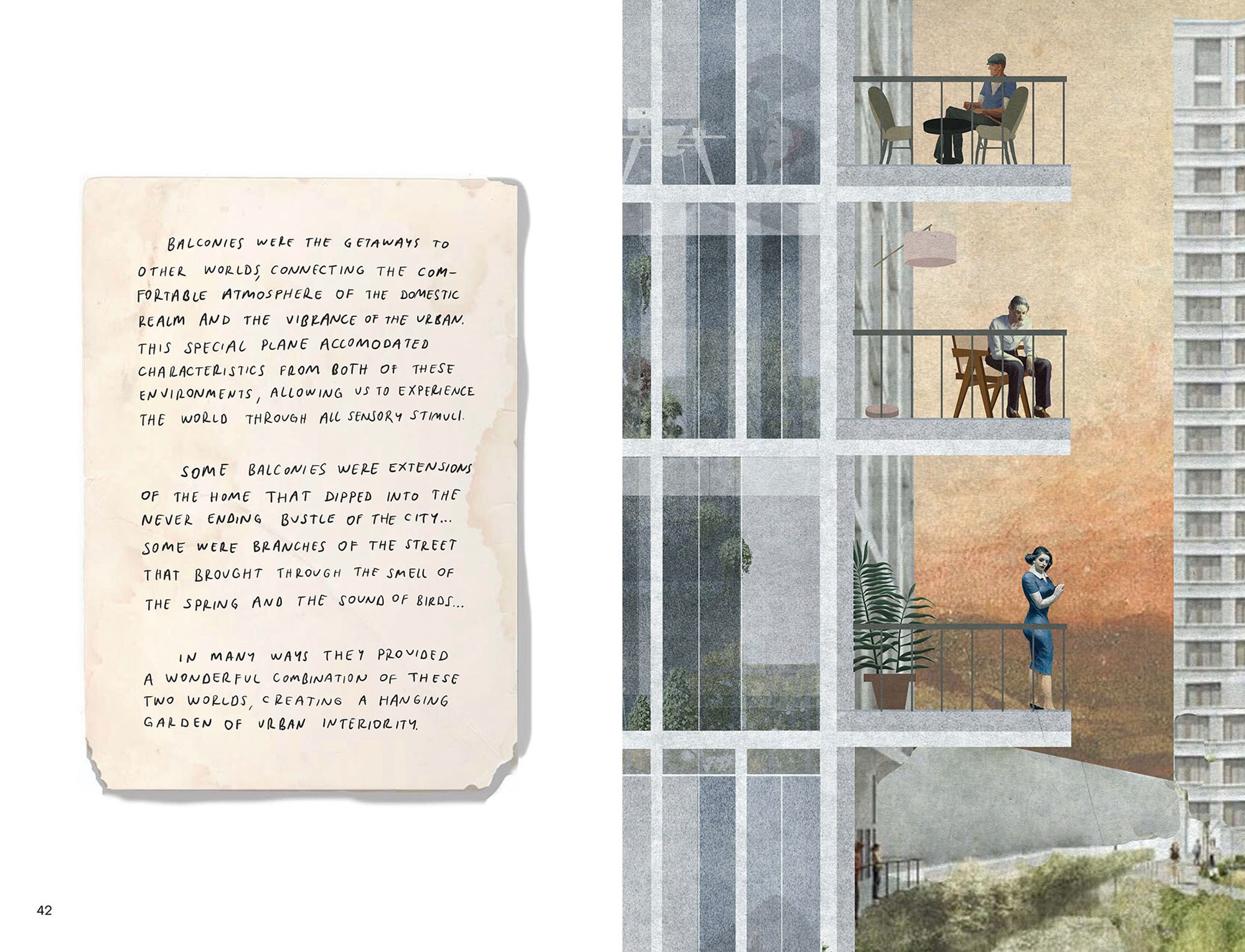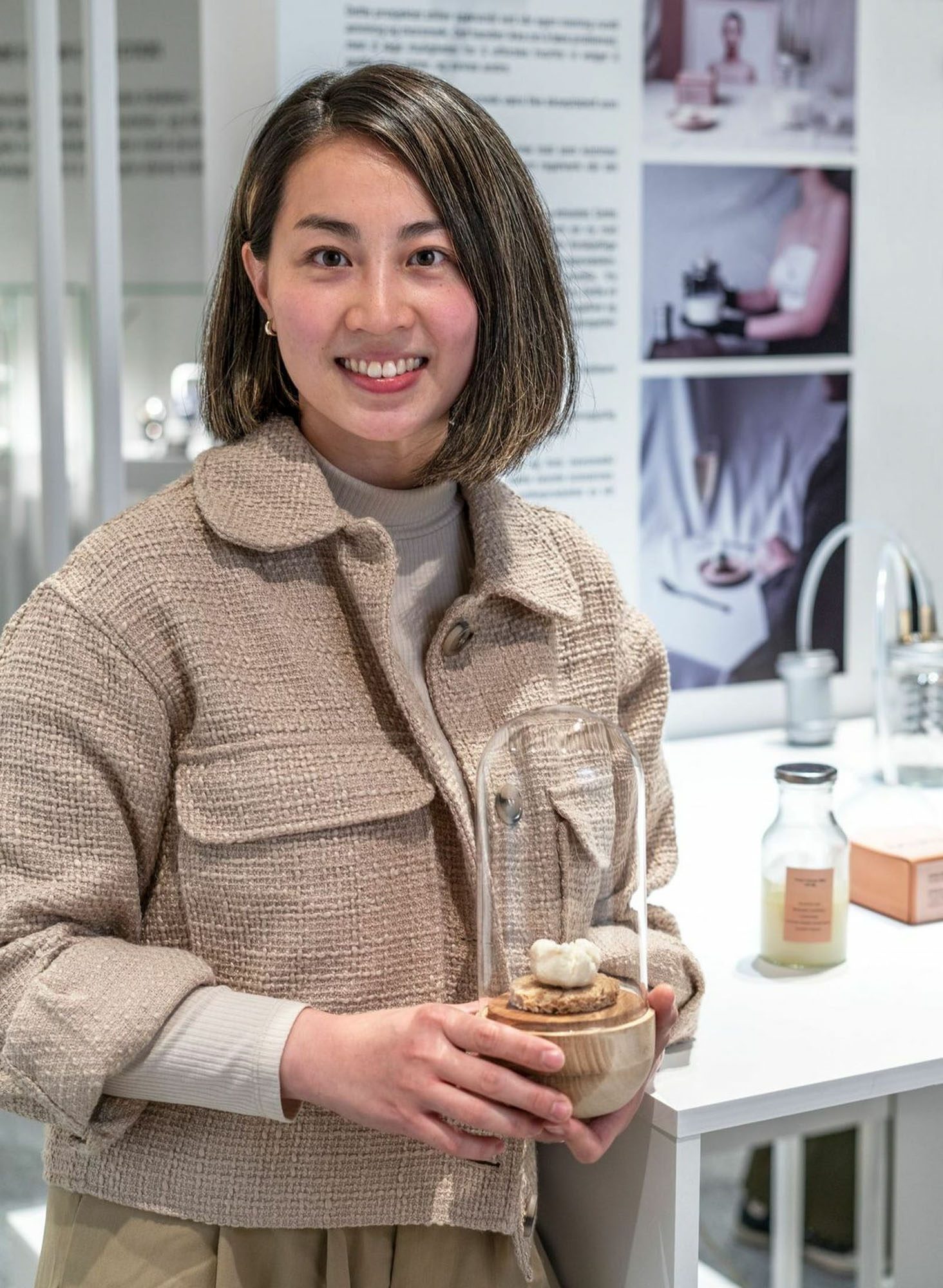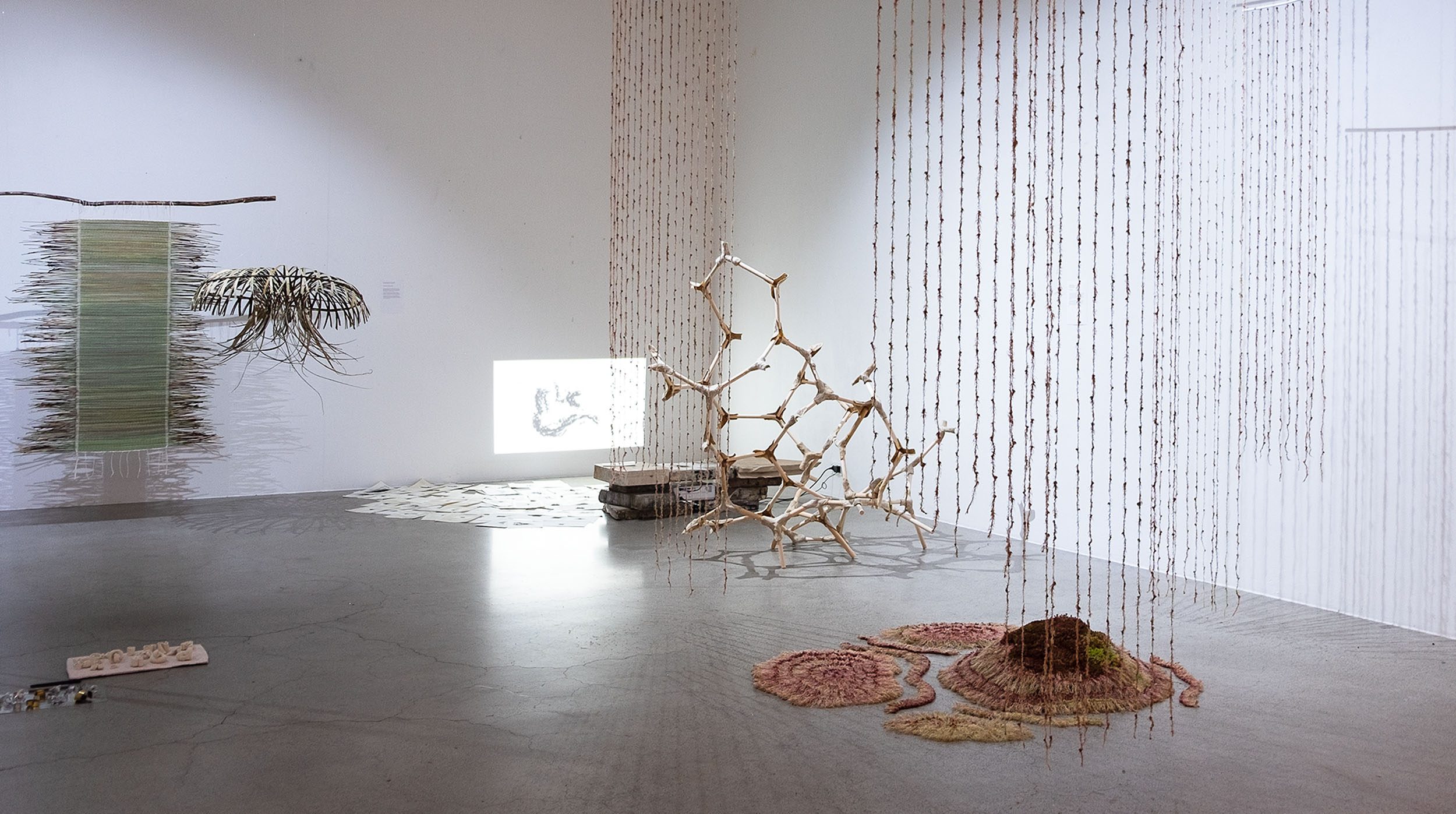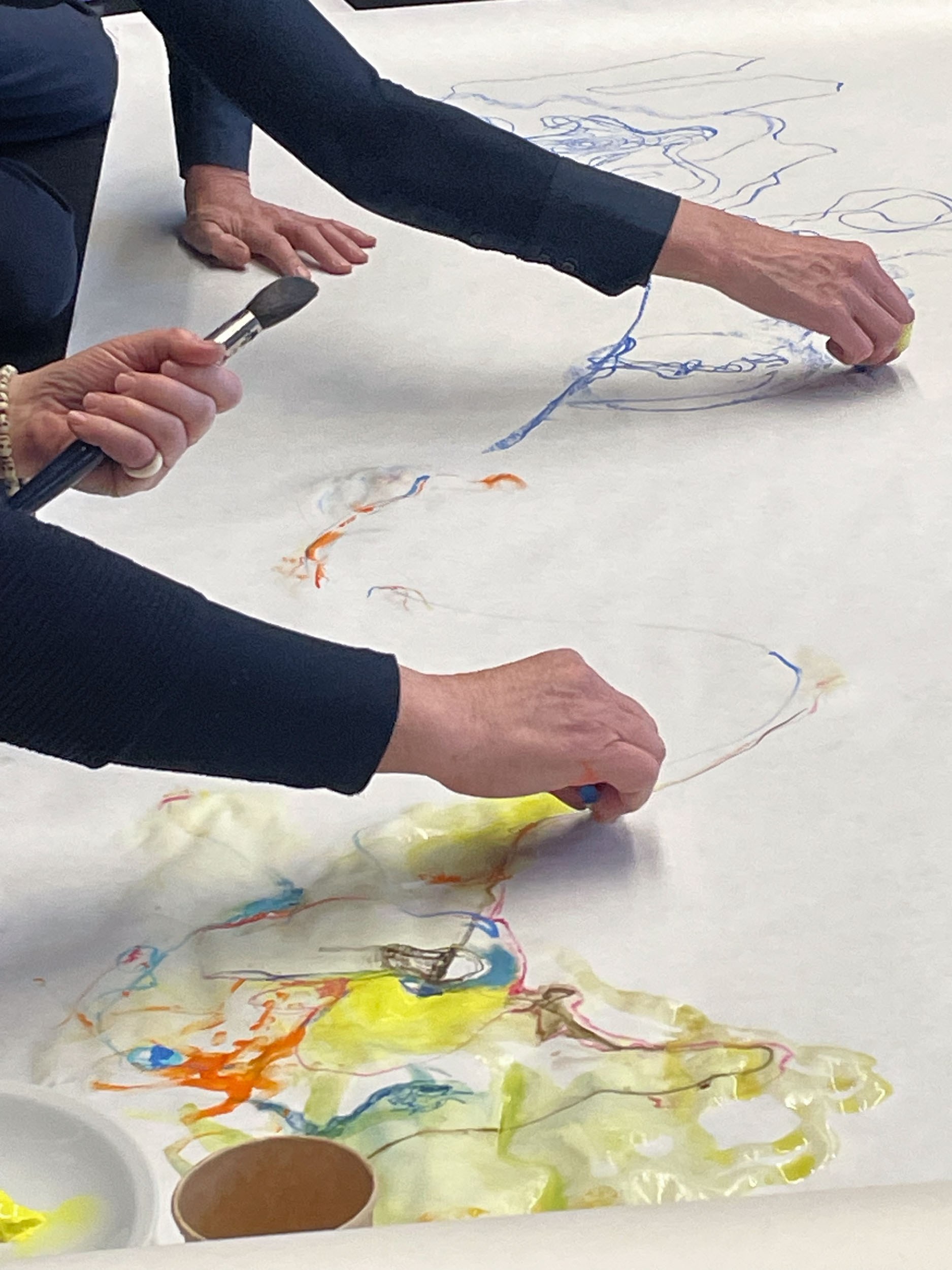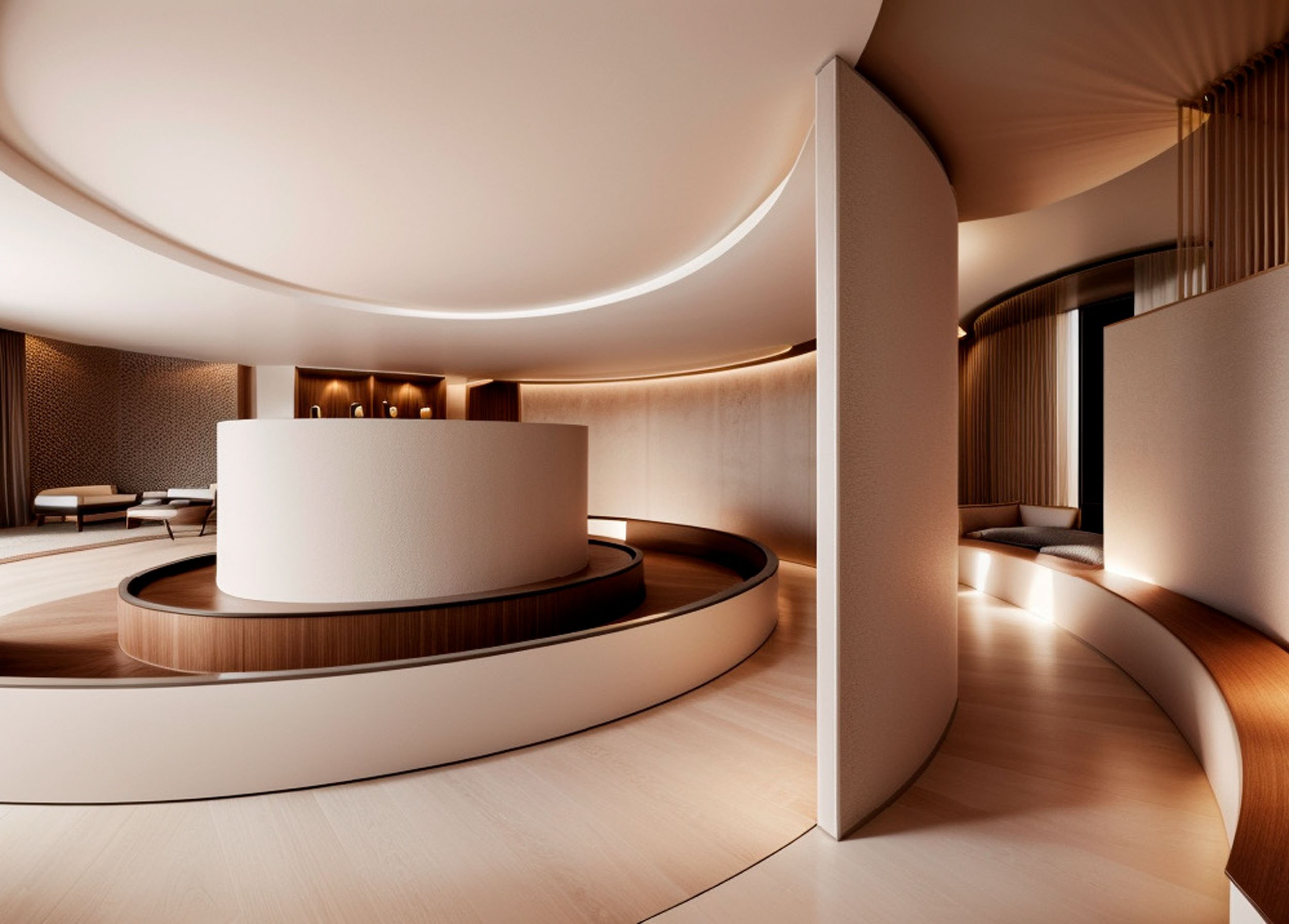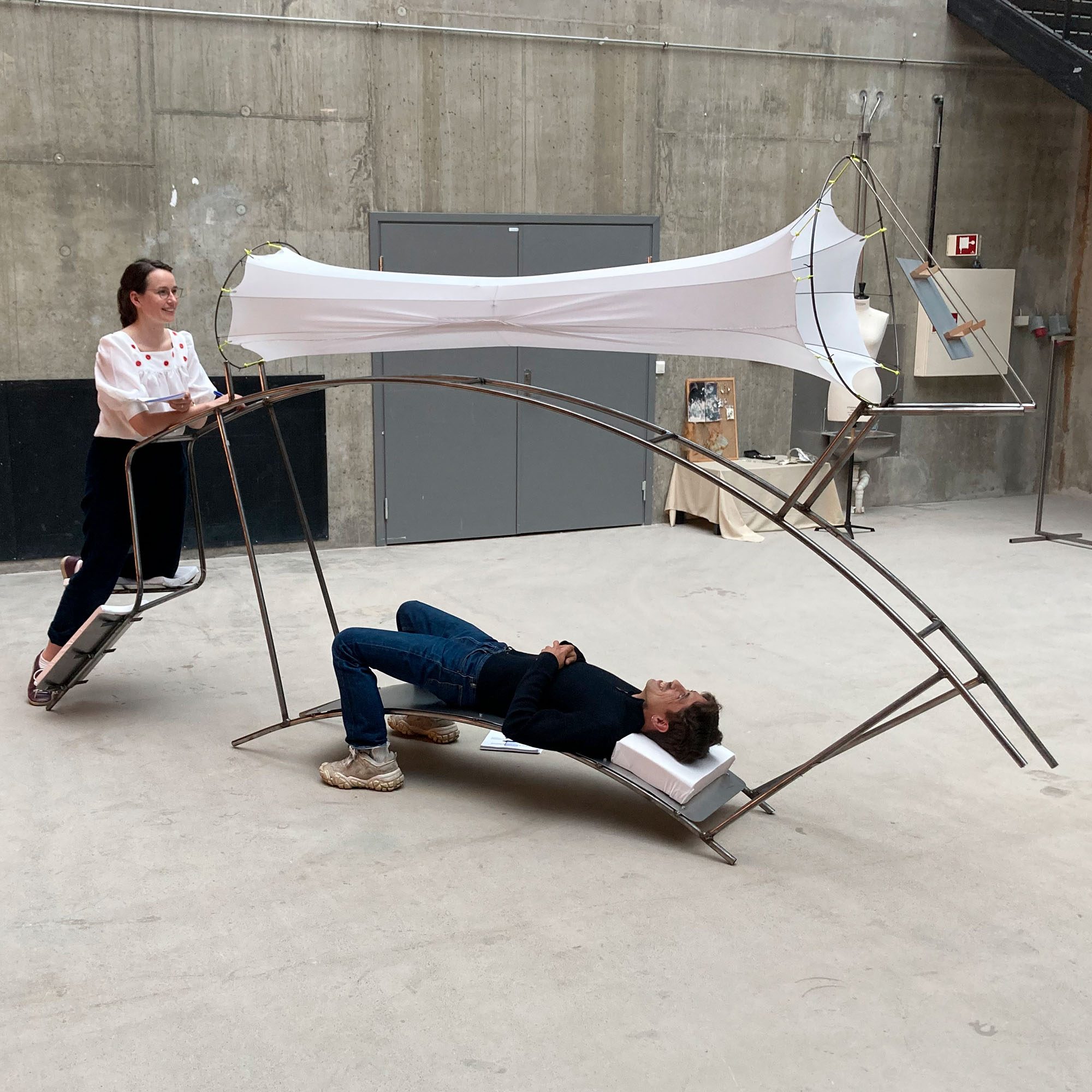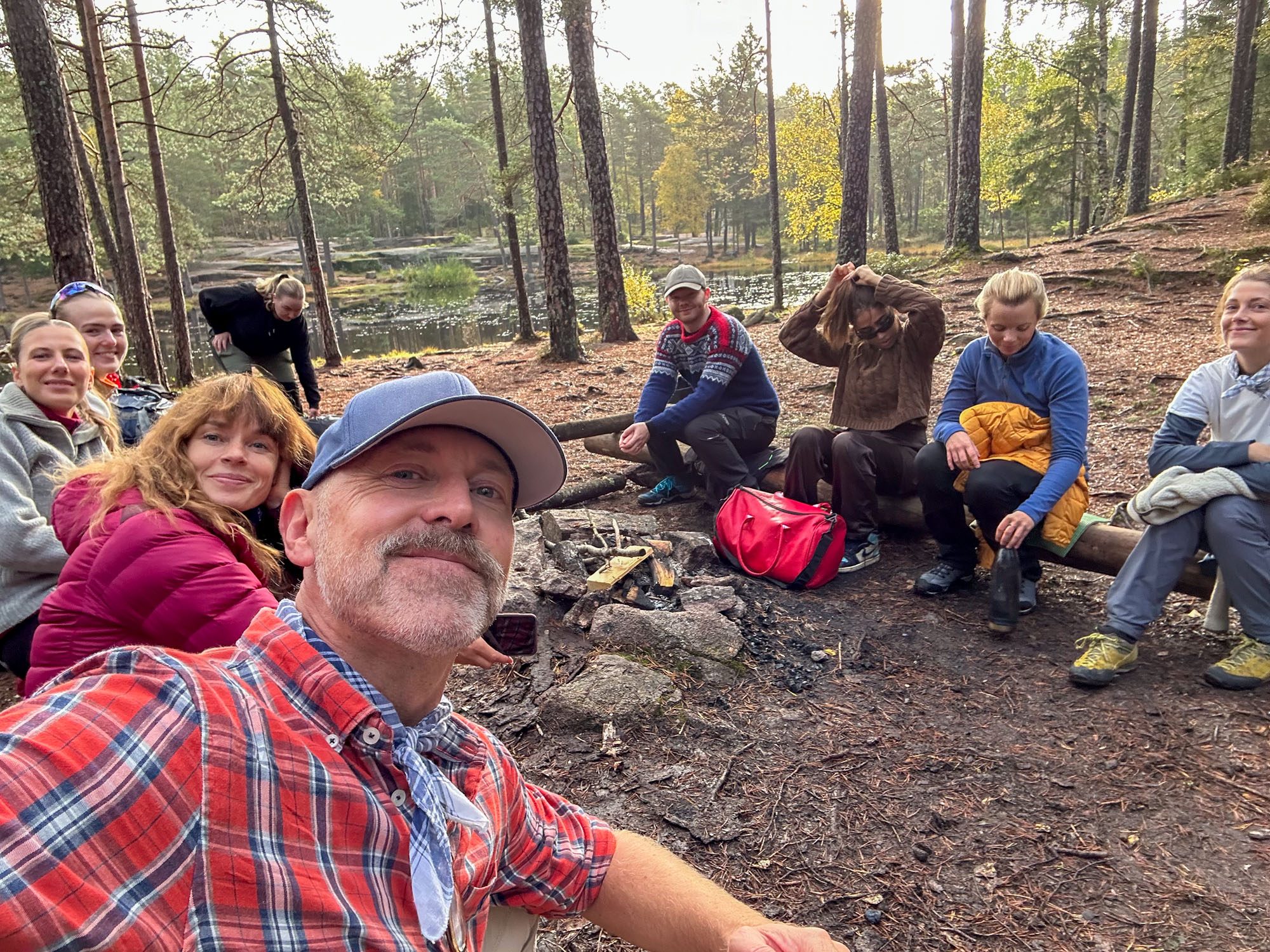While writing this text, we were just about to revitalise campus life and removing the last restrictions set on us to tackle the pandemic. And then the war hit the European continent, making our lives even less unpredictable than before. The horrors of the war are reaching us through the media, and furthermore it is impacting our lives holistically, jeopardising our values, our ideas on democracy, our understanding of collective wellbeing and our economic models. The situation is hitting all of us, and most of the professional fields which barely got adjusted to pandemic conditions by developing new practices to replace the ones that were not suitable anymore, must again recalibrate their activities. Our realms of operations are never the same anymore, there is no old normal to return to. In our education we have learned to be agile for two years, where disruptions in our systems are the new norm and the continual critical assessment of our practices has become part of the everyday activities. When we have defined our key domain of knowledge creation being within the social spaces, the encountering of each other as diverse cultures within our built environments, it gives us a good backbone to reflect on this rapidly changing world. Yet it also forces us even more so to responsibly question all the time our profession’s raison d’être; what kind of a world we are building, how is our discipline responding to it and how do we educate professionals to be prepared for that. Thus, it is a great honour to be in the frontline critically examining what are we supposed to learn and how this should take place within Interior Architecture and Furniture Design pedagogies, when ambiguity is the new standard. And this is what we are doing. I am extremely proud of all the students being very resilient, and maybe even more so about the faculty of teachers that all have bravely addressed this continuous flux by being passionate and engagement to rethink, how to respond to the changing conditions for providing the optimum learning environment available. It is more and more about experimental teaching practices when the conventional didactic models are simply outdated.
In terms of our recent activities, our international affairs have still been suspended due to mobility restrictions. Yet the collaborations themselves are very much alive due to the advanced distant communication. Our current research activities have accumulated around material studies, in depth understanding of the new material practices. The ongoing international research project, titled “Connecting Wool” has been reactivated after pandemic restrictions. The project is engaged both as a teaching and research activities investigating the properties and novel applications of the wool from the northern sheep breeds, tying together academia and industry, and bridging between Norwegian and Japanese cultures. To strengthen further the competences within material knowhow, the department has recruited two new PhD candidates. Mari Koppanen focuses in her research on fungi-based materials, and Ola Sendstad explores birch-forests’ ecosystems and birch-based material applications.
KHiO 2021
